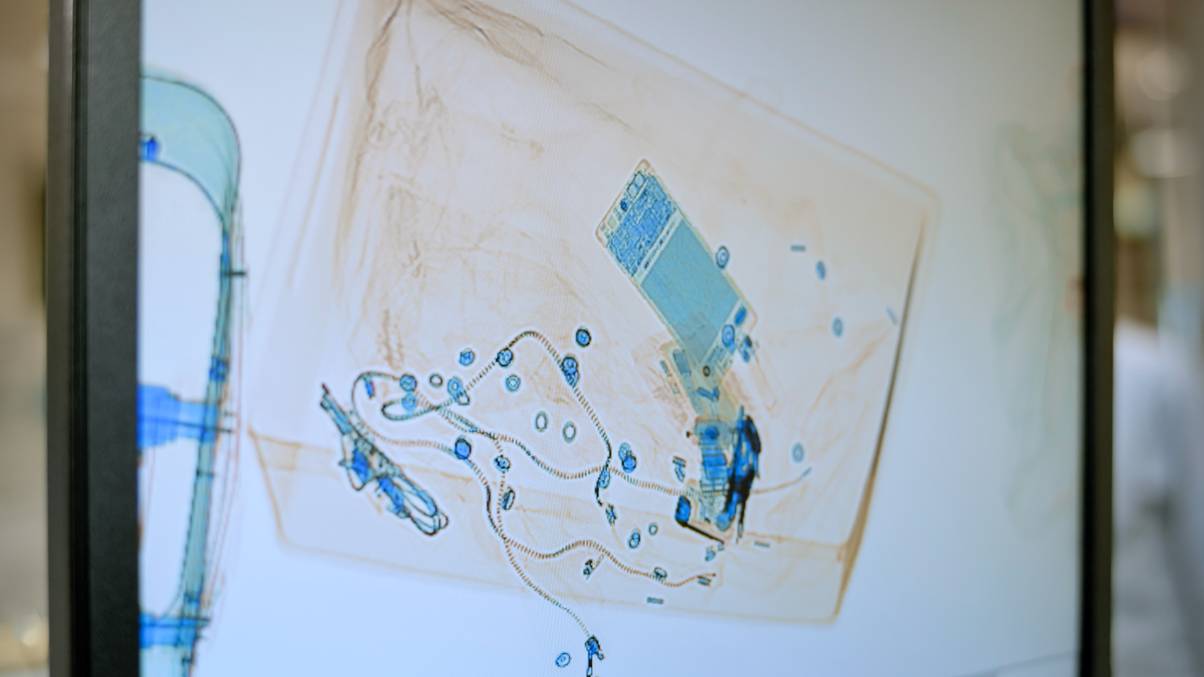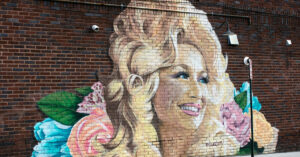“Unveiling the Secret: The Surprising Destination of Santa’s Letters Revealed!”
One interesting thing to point out, however, is that while the general appearance, in terms of the flowing beard, rosy cheeks, etc., of Santa Claus was popularized by this poem, the Santa we know today has had one very big change over Moore’s description- namely that Santa is now big. If you go back and read the actual poem, you’ll note that Moore described St. Nick, (who he never called Santa Clause) as “a little old driver,” with a “little round belly… chubby and plump.” He also described St. Nick riding a “miniature sleigh” with “eight tiny reindeer” that had little hooves. This, of course, explains how St. Nick was able to fit down a chimney without any magical means necessary- he was a tiny little elf.
Moving on from there, it was political cartoonist Thomas Nast’s various late 19th century Santa likeness that cemented the modern image of Mr. Claus. Appearing in Harper’s Weekly, these depictions showed him as a rotund, happy, white bearded man with a giant sack of toys. It was also Nast, in the description, who gave him a North Pole located workshop, elves and a wife – Mrs. Claus. For the last 140 plus years, our vision of Santa Claus is pretty much what Moore and Nast helped popularize.
Not only helping along our traditions of what Santa looks like, more pertinent to the topic at hand, in 1879 Nast also created an image depicting a child mailing a letter to Santa which seems to have ramped up the practice.
This brings us all back to the letters. Letters have been exchanged with Santa for centuries, with many surviving examples, for example, from the early 19th century. Noteworthy in these early instances, it seems it was common to have Santa write the kids letters as well. With most of the surviving early 19th century examples having largely been about the behavior of the kids and offering advice to the child on this front, which was a huge part of the point of Santa in the earliest days.












